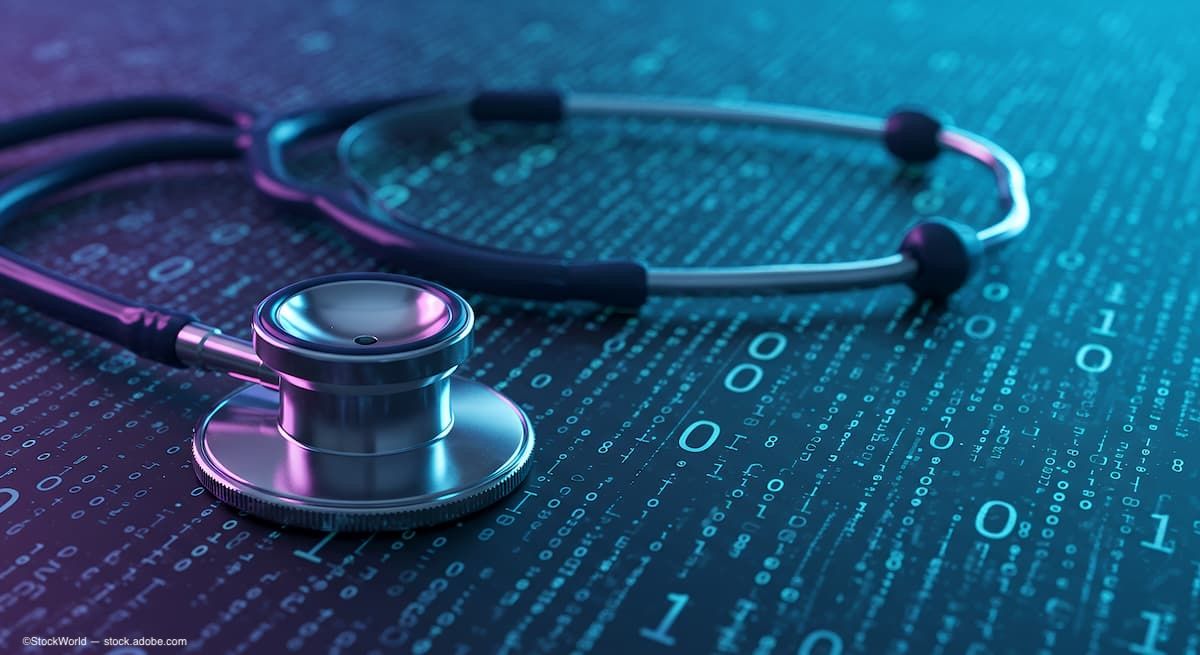Article
Noninvasive SRT laser effective in treating various retinal diseases
Therapy with a selective retinal treatment (SRT) laser may play a role in treatment of various retinal diseases. The treatment has the advantages of being noninvasive and does not damage tissue, said Lucia Pelosini, MRCOphth, of St. Thomas?s Hospital, London, United Kingdom.
Therapy with a selective retinal treatment (SRT) laser may play a role in treatment of various retinal diseases.The treatment has the advantages of being noninvasive and does not damage tissue, said Johann Roider, MD, UK-SH Campus, Kiel, Germany.
"The great advantage of this treatment is that the photoreceptors can be spared as shown by microperimetryimmediately after SRT treatment," Dr. Roider said. "The mechanism that this treatment uses differs from thatof conventional laser photocoagulation in that the SRT laser uses a thermomechanical mechanism that allowsprecise treatment of the retinal pigment epithelium."
Clinical trials of SRT have shown a beneficial treatment effect in patients with various retinal diseases suchas diabetic maculopathy. In 61 eyes of 51 patients, the laser had a significant positive effect 6 months aftertreatment with an increase in ETDRS letters from 44.6 to 48 letters. There was also a small decrease in thecentral retinal thickness and improved optical coherence images 3 and 6 months after treatment. In 16 patientswith long-standing central serous retinopathy 1 month after SRT treatment, the retinopathy was closed andremained so; the subretinal fluid disappeared and the visual acuity increased.
Dr. Roider said there was no positive effect on the treatment of drusen, but the effect of confluent treatmenton occult choroidal neovascularization resulted in no leakage 1 month after SRT treatment with an increase invisual acuity. Treatment of long-standing subretinal fluid accumulation resulted in flattening of a retinaldetachment after 3 months.
"SRT treatment is safe. SRT treatment of diabetic maculopathy showed that the results are similar to subgroupsof ETDRS studies during the first 6 months after treatment," Dr. Roider said. "SRT is ideal for treatingcentral serous retinopathy. Because we have treated only occult choroidal neovascularization, there may be arole for this treatment in combination with anti-vascular endothelial growth factor therapy; both have theadvantages of being noninvasive treatments that do not damage tissue. SRT offers many possibilities for earlytreatment in various diseases."
Newsletter
Don’t miss out—get Ophthalmology Times updates on the latest clinical advancements and expert interviews, straight to your inbox.




